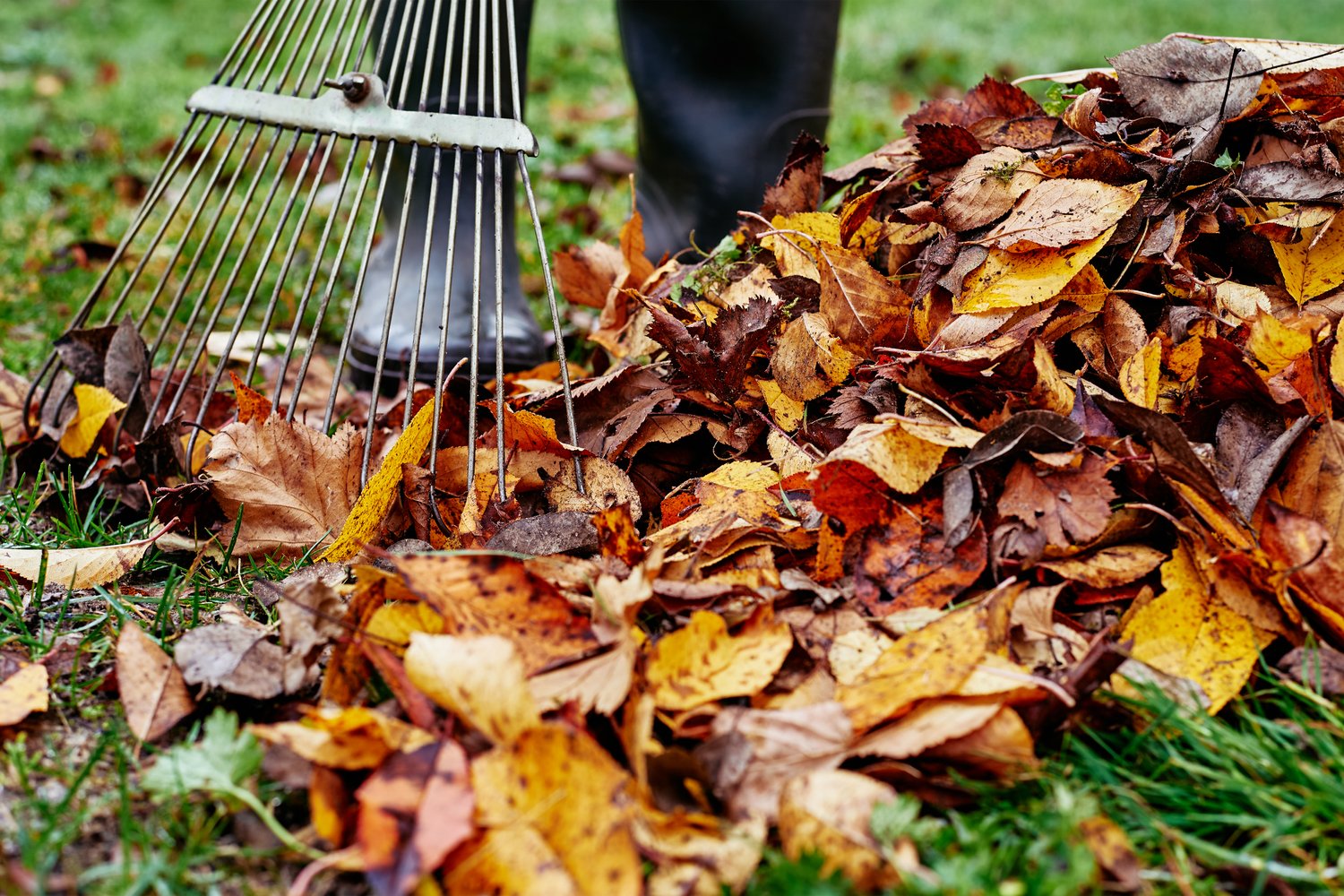As the vibrant colors of autumn transform your landscape, it’s time to shift your gardening focus toward winter preparation. The fall season offers a crucial window to protect your garden investments and set the stage for a successful spring. Creating an autumn garden checklist ensures you complete all essential tasks before winter’s arrival. This article outlines the key fall garden tasks you should undertake to properly winterize plants and prepare your garden spaces for the colder months ahead, saving you time, money, and heartache when spring returns.
Clean Up Debris and Spent Plants
The first step in your autumn garden checklist is a thorough cleanup of your garden spaces. Fallen leaves, while beautiful, can harbor diseases and pests if left to accumulate on lawns and in garden beds. Remove spent annual plants completely, including their root systems, as they won’t return next year and may become hosts for overwintering pests. For perennial plants, trim back dead foliage to about 3-6 inches above the soil level, which provides some winter protection while removing potential disease vectors. However, consider leaving some seed heads intact, particularly on plants like coneflowers and black-eyed Susans, as they provide valuable food for birds during winter months. Clearing your beds now also makes spring preparation significantly easier, allowing you to focus on new plantings rather than cleanup when the busy growing season begins.
Protect Tender Perennials and Shrubs
As you work through your prepare garden for winter checklist, giving special attention to tender perennials and vulnerable shrubs is crucial. After the first light frost but before the ground freezes solid, apply a 3-4 inch layer of mulch around the base of roses, hydrangeas, and other cold-sensitive plants. This insulating layer helps regulate soil temperature and prevents the damaging freeze-thaw cycles that can push plants out of the ground. For newly planted trees and shrubs, consider creating burlap shields or anti-desiccant sprays to protect them from harsh winter winds that can dry out and damage their tissues. Container plants present special challenges when you winterize plants, as their roots are more exposed to freezing temperatures. Either move pots to a protected area such as a garage or garden shed, or wrap the containers with bubble wrap or burlap and group them together against a sheltered wall to increase their chance of winter survival.
Prepare Soil for Spring Success
Autumn presents the perfect opportunity to improve your soil while it’s still workable. After cleaning beds, add a layer of compost or well-rotted manure to replenish nutrients depleted during the growing season. Fall soil amendments have time to break down over winter, creating ideal growing conditions by spring. Consider conducting a soil test through your local extension office to determine if your soil needs specific amendments like lime to adjust pH levels. This is also an excellent time to establish new garden beds using the lasagna gardening method, layering organic materials that will decompose during winter months. As experts at AskHomey recommend, incorporating organic matter in fall leads to significantly healthier plants with stronger root systems in the following growing season, making this an essential component of fall garden tasks.
Lawn Care and Maintenance
Your autumn garden checklist should include specific attention to lawn areas. Continue mowing until grass growth stops, gradually lowering the cutting height for the final few mows of the season. This prevents snow mold and other winter lawn diseases. Fall is actually the best time for lawn renovation, including overseeding thin areas and applying fertilizer. A late-season application of a phosphorus-rich fertilizer promotes root development during winter months when top growth has ceased. Core aeration before winter helps reduce soil compaction and allows nutrients, water, and oxygen to penetrate deeper into the root zone. Additionally, a final raking of leaves prevents them from smothering grass during winter months. These fall garden tasks for your lawn create the foundation for a lush, healthy green space when temperatures warm again.
Tool Maintenance and Storage
Properly preparing your garden for winter includes caring for your gardening tools and equipment. Clean soil from all tools, sharpen blades, and apply a light coating of oil to prevent rust during storage. Drain fuel from power equipment like lawnmowers and tillers or add fuel stabilizer according to manufacturer recommendations. Empty and store hoses and watering equipment to prevent freezing damage, and ensure irrigation systems are properly blown out if you live in areas with freezing temperatures. Taking time for these maintenance tasks extends the life of expensive garden equipment and ensures everything is ready when you need it in spring. Clean pots and planters with a mild bleach solution to eliminate any lingering disease organisms before storing them in a dry location, completing your winterize plants protocol.
Plant for Spring Color
While most of your autumn garden checklist focuses on cleanup and protection, don’t forget the joy of planning for future beauty. Fall is the ideal time to plant spring-flowering bulbs like tulips, daffodils, and crocuses. Plant bulbs at a depth approximately three times their height, with their pointed end facing upward. Consider staggering planting times and varieties to extend your spring bloom period. This forward-thinking aspect of your fall garden tasks creates wonderful anticipation during winter months and rewards you with effortless color when the landscape is otherwise still waking up from winter dormancy.
For more tips and to connect with reliable home service professionals, follow AskHomey on Facebook and Instagram.



